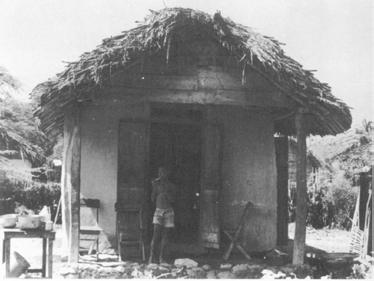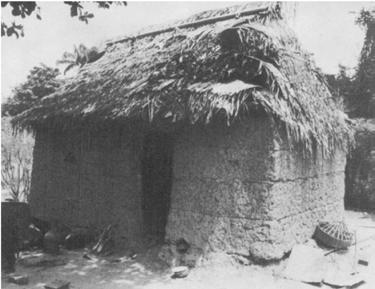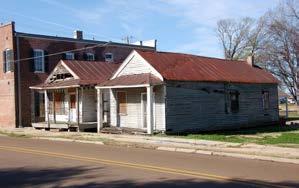HOMESPACE



Thesis Statement
Chapter 01. Home
Chapter 02. Comfort thermal materials
Chapter 03. Typology
How do women of the African Diaspora construct home, both physically and conceptually within the context of the United States? How do socioeconomics impose contention between home and comfort?
SURFACES OF DOMESTICITY
PHYSICAL
ARCHITECTURAL
TYPOLOGY
COMFORT
SOCIAL & PSYCHOLOGICAL
POSITIVE
NEGATIVE
TEXTILES RUGS CURTAINS WALL PAPER SENTIMENTAL OBJECTS ART
SHOTGUN HOUSE
THERMAL COMFORT
ENVELOPES WATERPROOFING INSULATION VENTILATION HEATING / COOLING SYSTEMS
SAFETY WARMTH REST MIRRORED IDENTITY COMMUNITY STABILITY
STRESS VIOLENCE
Architecture education and the broader American historical narrative could be significantly improved and enriched through the inclusion of African American contributions and experiences, particularly in terms of domestic space. The challenges for the establishment of African American homes and the strategies that people have developed to meet these challenges constitute a major part of the distinctive history of American housing.
Despite the eradication of once-legal discriminatory practices like redlining and covenants, systemic racism intertwined with socio-economic factors has perpetuated a substantial gap in African American home construction, ownership, and retention. These coupled factors manifested in poor construction quality, compromised air quality, and detrimental health consequences such as heightened stress levels, increased prevalence of respiratory conditions, high blood pressure, exposure to lead, depression and shortened life spans.
Within a society that in this way systematically makes it less feasible for the African American home to exist, the making of home both conceptually and physically, by women, can be an act of resistance and subversion. The use of textiles, for instance, has the ability to add to a sense of home and thermal comfort, both aesthetically and functionally, and therefore can be used as a tool of resistance. Thermal comfort is especially significant, in poor quality or older homes that may be under-insulated, lack air conditioning, and cost more to heat.
goals:
1.archive and celebrate the African American home
2.architectural interventions that support thermal comfort
3.intervention(s) that the occupier of the space can enlist for thermal comfort
In 2020, the Black-White gap in homeownership rates was the same as it was in 1970, two years after the Fair Housing Act of 1968, which attempted to end racial discrimination in the housing market. According to the U.S. Census Bureau, in 2022 the homeownership rate for Black Americans slightly increased to 45%, but was still significantly less than White Americans at nearly 75%. Additionally, historically foreclosures were more likely to be experienced by Blacks and Latinos.
Homeownership is significant in building equity, closing the wealth gap, as well as stability.
sources: https://www.census.gov/housing/hvs/data/prevann.html https://www.bankrate.com/homeownership/home-ownership-statistics/ https://www.ncbi.nlm.nih.gov/pmc/articles/PMC4479290/

"Glimmers of safety momentarily appear in the form of architectural structures. Woven into their construction are recollections of place, intimacy, and history - spaces where we can reconnects with our ancestors and remembers that we are always anchored in a meaningful legacy."
-Amrita Dhallu
To Build Otherwise
"
Despite the challenge of finding a unifying strategy, we understand the fervent commitment the women have to repairing the diasporic landscape that have been severed and wounded by the colonial imagination."
-Amrita Dhallu
To Build Otherwise

"Black women resisted by making homes where all black people could strive to be subjects, not objects, where we could be affirmed in our minds and hearts despite poverty, hardship, and deprivation, where we could restore to ourselves the dignity denied us on the outside in the public world.
...
It is no accident that this homeplace, as fragile and as transitional as it may be, a makeshift shed, a small bit of earth where one rests, is always subject to violation and destruction. For when a people no longer have the space to construct homeplace, we cannot build a meaningful community."


- bell hooks Homeplace (A site of resistance), 1990
in

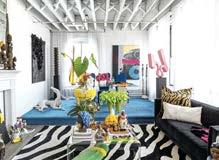





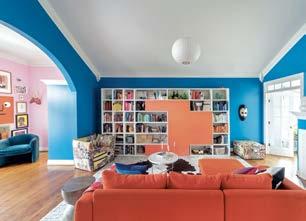
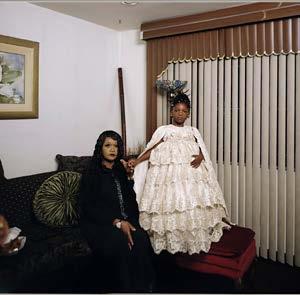
“I wanted to find the familiar or find what felt like family, but through strangers.”
Deana Lawson






"Barnette’s signature re-imagining of domestic spaces as futuristic, other-worldly locations of liberation and restoration"
- Benton Museum of Art
Home design and structure significantly influence housing quality and may affect both mental and physical health. Housing quality refers to the physical conditions of a person’s home as well as the quality of the social and physical environment in which the home is located. Poor housing quality and inadequate conditions includes the presence of lead, mold or asbestos, poor air quality, overcrowding, as well as lack of air conditioning and heating. Cold indoor conditions have been associated with high blood pressure, respiratory conditions, as well as depression. Low-income families may be more likely to live in older homes which may be under-insulated, lack air conditioning, and cost more to heat, leaving homes too hot or too cold. Additionally, limited finances may result in a lack of housing maintenance - impacting the interior and exterior conditions.
sources:
https://www.apa.org/pi/ses/resources/publications/minorities
https://health.gov/healthypeople/priority-areas/ social-determinants-health/literature-summaries/quality-housing
https://www.ncbi.nlm.nih.gov/books/NBK44199/#cta-home.sec2.s8
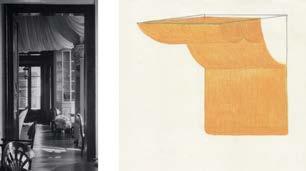


"...textiles were widely used as a seasonal attire for architecture. Kilims, tapestries, bedspreads, carpets, and rugs appeared over centuries in manor houses, aristocratic mansions, and peasant cottages. Textiles insulated homes of all social classes. They helped adapt domestic spaces to changing external conditions such as temperature, light, and humidity. It was only with the spread of central heating that home textiles were reduced to a decorative function."
- Aleksandra Kedziorek
The Clothed Home

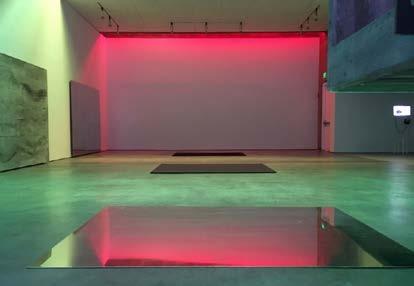
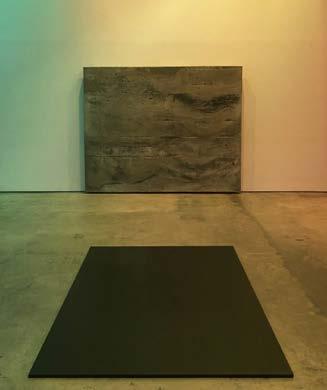




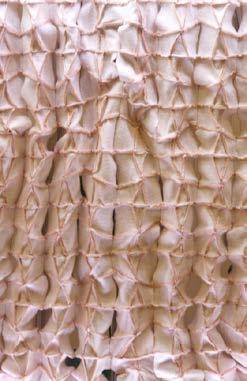

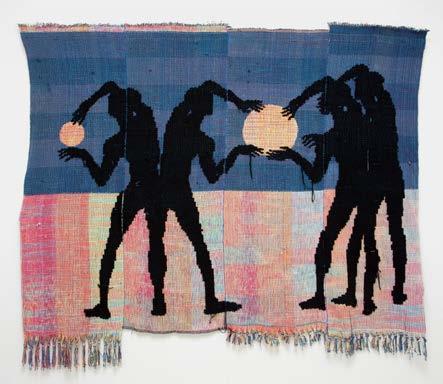
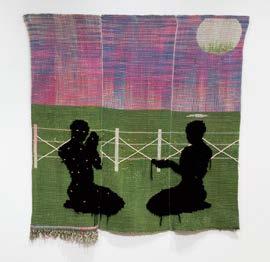

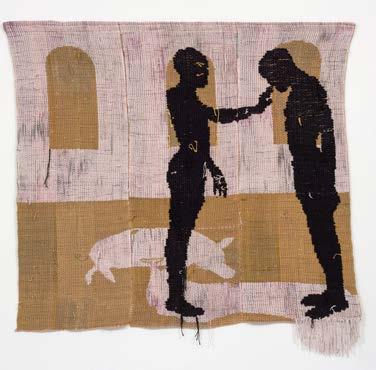
Shotgun.





